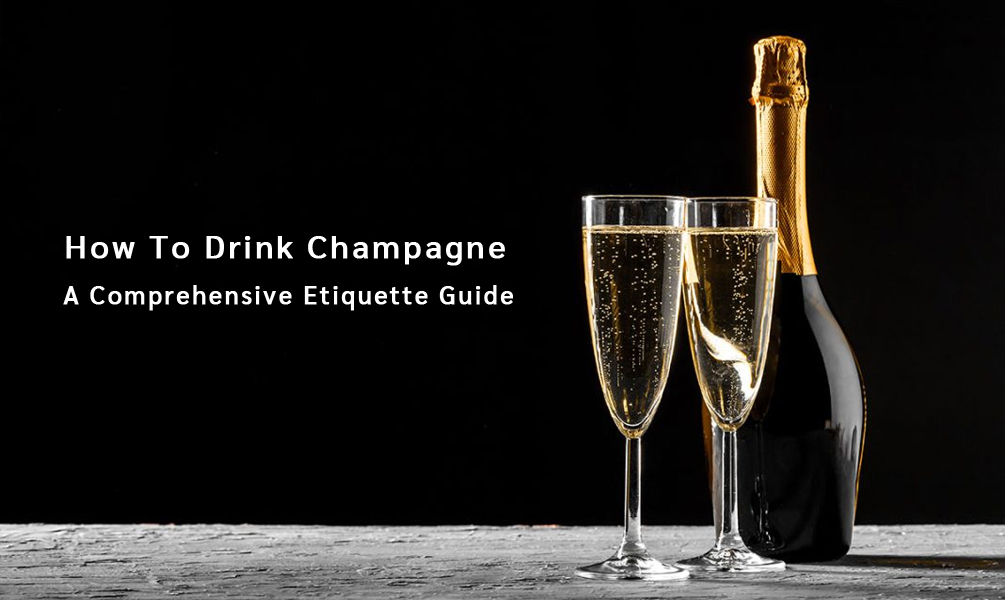
Whether it’s a special moment in life or a casual solo sip, a bottle of Champagne can make you perfectly relish it with its exceptional terroir, craftsmanship, and taste experience. But amidst this odyssey of savoring the finest sparkling wine, how do you properly drink champagne?
Now, that might sound unnecessarily snobbish, but knowing the etiquette of drinking champagne is a must to fully appreciate its finesse. So to keep your bubbly fever high and help you avoid mistakes people make when drinking champagne, we present this comprehensive guide, covering all ways to drink champagne, from pre-pouring rituals to the final sip.
Can you already imagine a glass wrapped in perlage? Hmmm, let’s jump right into this art of enjoying champagne.
First Of All, Start With The Right Champagne!
Would you order a hot-peppered pineapple pizza when you don’t have a sweet tooth to begin with? Probably not, right? Similarly, if you want to know how to drink champagne with a heart-enveloping feeling, first understand what makes a bottle of bubbly your favorite.
First, reflect on your wine journey. If you are a novice, then try approachable champagne styles like a Rosé or a refreshing Blanc De Blancs. And in case you are seasoned, then try a champagne that’s more nuanced and elegant, like a Vintage or Prestige Cuvee.
Next, choose champagne that matches the occasion’s vibe; for a solo moment, follow your taste; and for celebrations with a group, tailor it to the event. Opt for rose for an anniversary celebration, while a crisp brut will unite birthday attendees.
Step 1: Storing Champagne For Optimal Flavor
One of the mistakes people make when drinking champagne is not storing the champagne bottle properly before serving. Any significant gap here could potentially have a negative impact on the taste experience and effervescence of your champagne.
For correctly storing champagne, keep the champagne in the fridge or a wine cellar, keeping a temperature range of 45°F–55°F. Avoid exposing it to temperature fluctuations, as wines are sensitive to them. Also, place the bottle upright to keep the cork moist, and make sure it is in a dark place to prevent the champagne from becoming "lightstruck".
Additionally, ensure there are no vibrations in the vicinity, as they disrupt the sediment and potentially compromise the champagne's quality.
Step 2: Chill Your Champagne To Perfection
When you are ready to enjoy champagne, carefully remove it from storage and chill it optimally to reach the ideal temperature for serving. Champagne is best enjoyed when served cold, as it enhances the drinking experience by bringing out the full spectrum of flavors and effervescence that makes the champagne so delightful.

The ideal temperature for serving champagne is 55°F, and there are multiple ways to hit that sweet spot. As a tip, the bucket with ice method is the best way to go.
- Refrigeration: You can choose to chill the champagne in the fridge for 3 hours. Don’t worry; your regular kitchen refrigerator will work just fine.
- Wine Sleeve: Instead of keeping champagne in the fridge, you can choose to refrigerate a wine sleeve for a few hours and snuggle the bubbly in later on.
- Bucket With Ice: Chill your champagne bottle by submerging it in a bucket with ice and water. Use this method for 10-20 minutes, and remember to twist the bottle from time to time to eventually distribute the chill.
- Freezing: Some debate surrounds this method, but freezing the champagne bottle for 15 minutes can quickly chill it in a pinch.
Pro Tip: In case you wish to chill your champagne after it is opened, you can do the same by dipping a few frozen grapes or icy metal wine stones. These options will cool the champagne without diluting it, unlike ice cubes.
Whichever method you choose, remember to serve your beloved bubbly at an ideal temperature. Undergoing it will leave the champagne warm and less refreshing, while overdoing it will make it too cold and mute its flavors.
Step 3: Open The Champagne Bottle
After the champagne is perfectly chilled, it's time to open the bottle of bubbly. Now, this may seem easy, but opening a champagne bottle requires careful attention and patience to avoid spillage, loss of carbonation, or potential accidents like the cork or the whole bottle slipping in the direction of a loved one.
To open a bottle of champagne, you can either saber it or use the traditional champagne popping method.
A. Sabering
Sabering is a non-traditional yet dramatic way of opening a champagne bottle. This method involves using a sharp blade to open the bottle’s neck with a swift slide. Sabering looks stunning, but it is risky and only suggested for those with the required skills.

To saber a bottle of bubbly, follow these steps:
Step 1: Remove the foil covering the cork.
Step 2: Twist the bottle to locate the seam, which is a straight line running across the body of the bottle.
Step 3: After locating the seam, position the saber at 45° to divert pressure buildup to a larger surface area with the blunt edge facing the cork.
Step 4: Smoothly slide the blade along the seam, and with a swift motion, sever the cork from the bottle.
B. Popping the cork
Popping the cork is the traditional champagne opening method. The best part is that it is safer and suited for all, even those who have little to no expertise in opening a bottle of bubbly.

To pop a champagne bottle, follow these steps:
Step 1: Remove the foil covering the cork.
Step 2: Hold the bottle at a 45° angle to divert pressure buildup to a larger surface area.
Step 3: Loosen the wire cage gently while holding the bottle's ends firmly.
Step 4: Slowly twist the bottle to let the cork gently pop on its own.
Step 4: Do a Little Cork Inspection
After the champagne bottle is opened, it’s time to inspect the cork. Examining the cork can tell you a lot about bubbly’s quality, as cork serves as more than just a closure, allowing the controlled transfer of oxygen (micro-oxygenation) and contributing to the wine’s slow maturation.
To inspect the cork, pick it up and examine its condition. If the cork is moist or slightly damp at the bottom, it indicates good storage conditions with preferable humidity and minimal oxidation, thus preserving champagne’s integrity.
On the other hand, when a cork dries, it may suggest poor storage conditions, allowing the bubbles to breathe more rapidly. However, in the case of champagnes, some level of oxidation can help rush those toasty, nutty notes we love. Only when the cork dries too much, crumbles, or shows signs of wine stains or seepage, could it indicate that the champagne’s quality has been compromised due to excessive and rapid oxidation.
Once you’ve visually inspected the cork, it is time to engage your sense of smell. Hold the cork close to your nose and take a few sniffs. A cork usually emits a stale, wet cardboard odor, masking the true flavors and aromas of the wine. Conversely, a cork that releases a faint hint of the champagne’s bouquet with pleasant, fruity aromas is a positive sign.
Step 5: Pour The Perfect Glass Of Champagne
Now that you’ve tested the cork, it is time to immerse yourself in the full experience that champagne has to offer. Serving champagne isn’t as simple as it may seem; it demands a touch of finesse and strict etiquette to enhance the overall enjoyment of this effervescent delight.
To simplify this intricate affair, here's a guide on how to pour the perfect glass of champagne:
Grab The Right Type Of Glass: Choosing the right type of glass is essential for savoring champagne in perfect harmony. While champagne flute and coupe glasses are widely preferred for their irresistible beauty, they can limit the taste experience.
Instead, opt for standard tulip or white wine glasses. Both tulip and white wine glasses provide the perfect combination of a sleek design that allows the bubbles to shine and a large bowl that allows the bubbly to breathe and opens it to the max.
Regardless of what type of glass you choose, ensure the glasses are clean, and please do not even wonder, “Can I drink champagne directly?” because bubbly is best enjoyed with the right glassware, enhancing its full potential.
- Holding The Glass Properly: While pouring the champagne, holding the glass properly is essential to maintain its temperature and preserve its delicate flavors. The right way is to hold the glass by the stem or base to avoid transferring heat from your hand to the champagne when poured later on.
- Tilt The Glass: After holding the glass properly, tilt it to a 45° angle. This angle allows for better control while pouring and minimizes the formation of bubbles.
- Pour Slowly: As you pour the champagne into the glass, do so slowly near the lip to minimize the formation of bubbles that could lead to excessive frothing and a quick loss of effervescence.
Also, avoid filling the glass to the brim; instead, pour the champagne up to two-thirds of the glass's capacity. This not only allows the champagne to open up but also prevents spillage. In a standard champagne bottle, you will likely get approximately six pours, matching the six glasses in a bottle of champagne.
Step 6: Experience The Champagne With 5 S’s
After serving champagne with finesse, it’s time to unlock unique ways to drink champagne, from its shimmering look to its captivating aromas and palate-pleasing flavors.

To fully appreciate a freshly poured glass of champagne, follow the popular ways to drink champagne — the 5 S’s: See, Swirl, Sniff, Sip and Savor.
-
See - The “First S” involves appreciating the visual aspect of champagne. This is best achieved with a light background or by placing a sheet of white paper behind the chosen tulip or white wine glasses. Take note of the champagne’s color, which can range from pale gold to deeper amber, depending on the type.
In addition to color, focus on the clarity and brilliance of the champagne, as these characteristics can provide valuable clues about its quality and age. Pay attention to the effervescence as well, observing the crystal-like bubbles rising and forming a beautiful effervescent stream, often referred to as the “bead”.
When the bead has settled down, it indicates that the champagne is opening up, signaling the time to proceed to “Second S”.
- Swirl - Gently swirl the champagne in your glass; this allows air to interact with the champagne, causing its bouquet to bloom. As you keep swirling, you will notice the "wine legs' ' or "tears" forming on the sides of the glass. These droplets reveal a lot about wine’s viscosity (resistance to fluid flow) and its alcohol content. For instance, a champagne with a higher alcohol content will form more droplets, and they will flow slowly.
- Sniff - The “Third S” is like a Hawaiian journey for your olfactory senses as you bring the glass to your nose and smell the delightful aromas of the champagne. Champagne offers a wide range of aromas, ranging from refreshing, fruity notes to complex and nuanced ones. Take your time to fully enjoy the diverse fragrances and try to identify them.
- Sip - After pleasing your olfactory senses, it is now time to embrace the "Fourth S." Do you drink or sip champagne? Take a small, elegant sip of the champagne, avoiding gulping it. Let the tiny sips roll across your palate, allowing each taste bud to savor the flavors. Experience the balance between sweetness and acidity, the depth of fruitiness and the subtle nuances that make champagne truly special.
- Savor - Here’s the “Final S” — After sipping, savor the lingering finish and taste of the champagne. This long, persistent feel that remains on the palate often defines the quality of the champagne. High-quality champagne often boasts a long, elegant finish that leaves you with a pleasant aftertaste.
*Remember to drink champagne in moderation, as there is no wisdom in excessive indulgence. Enjoying champagne responsibly allows you to savor its flavors and the moment of celebration in a way that ensures the celebration and well-being of those around you.
Step 7: Enjoying Champagne With Food Pairing (Optional)
Sipping champagne elegantly is one side of the coin when we speak of the magic of bubbly in the dining scene. If you want your bubbly to accompany you on an appetizing quest, then thoughtful food pairings are the best way to go — be it a platter, a scrumptious gift basket or a carefully curated tasting menu.
Champagne pairs best with foods like fried chicken, drilled veggies, pasta, steak, and smoked fish. They are even versatile enough to complement sweet dishes, cheese, and refreshing fruits like strawberries and citrus.
Here’s a quick guide on which traditional champagne styles pair with what types of foods:
Here is the wrap-up of our comprehensive etiquette guide on how to drink champagne. Wishing you a memorable drinking experience ????✨
Looking For a Bubblicious Adventure?
Are you curious to dive into a pool of bubbly options and sip your fave like a pro? If yes, then just calm the intimation, as we, at Wine and Champagne Gifts, offer the best of all champagne brands and allow you to buy champagne online according to your preferences, budget and the vibe of the occasion.
Explore the best of our bubbly selections and reach out to us at contact@wineandchampagnegifts.com or +1.202-459-8489 in case of any query or concerns.

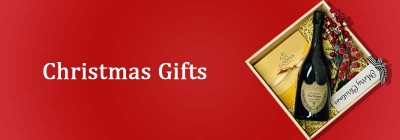
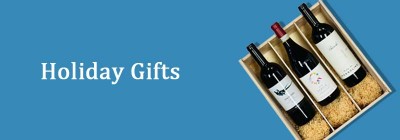





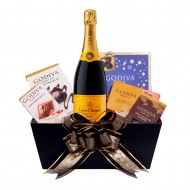

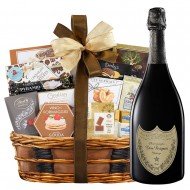
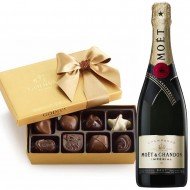
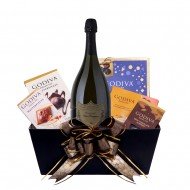






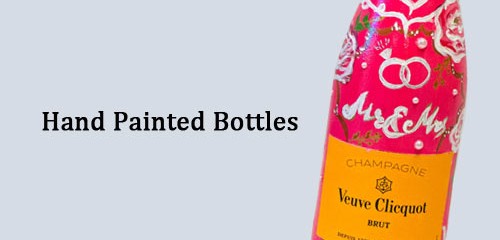
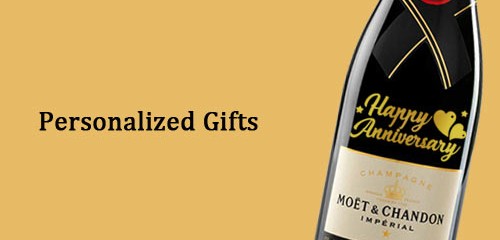
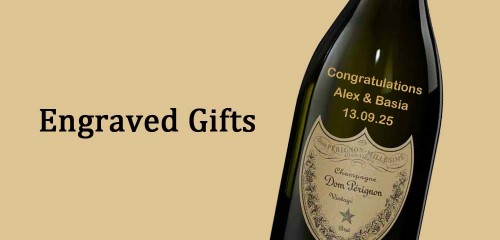

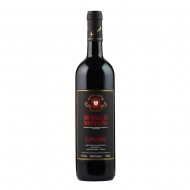
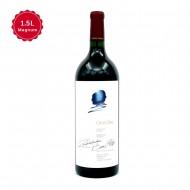
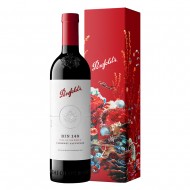
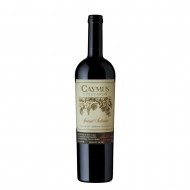
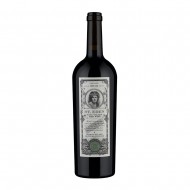
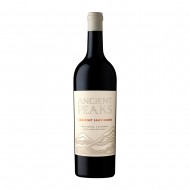
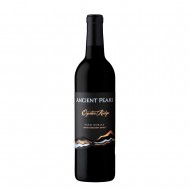
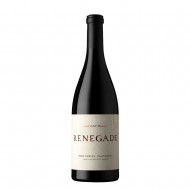
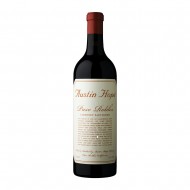
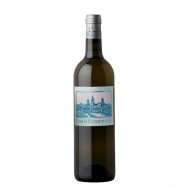
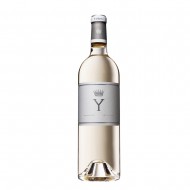
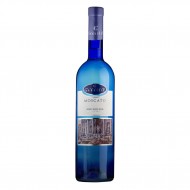
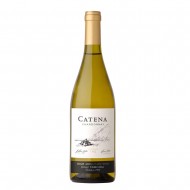
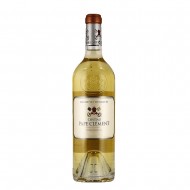
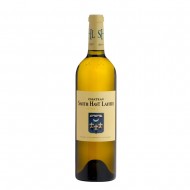
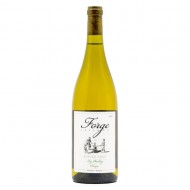
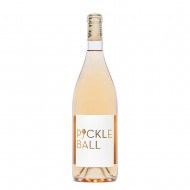
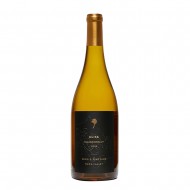
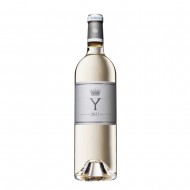
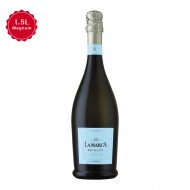
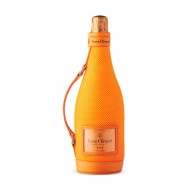
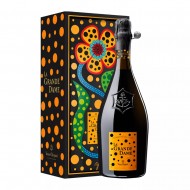
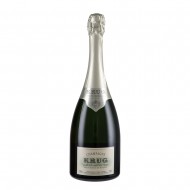
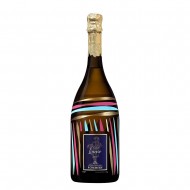
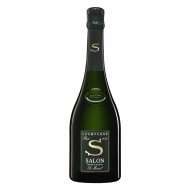
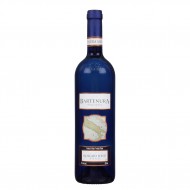
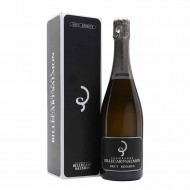
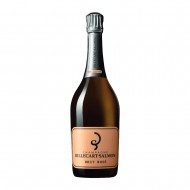
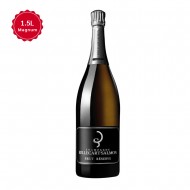
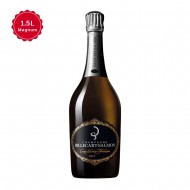
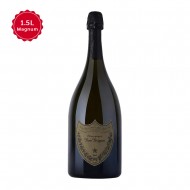
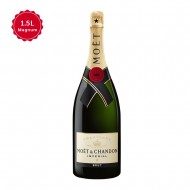
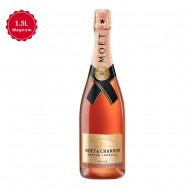
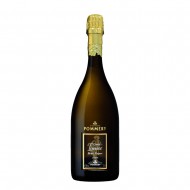
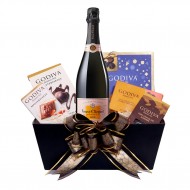
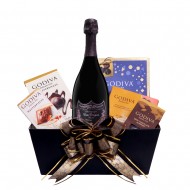
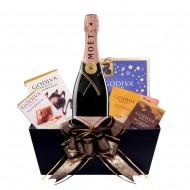
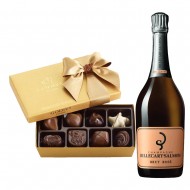
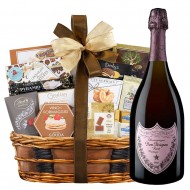
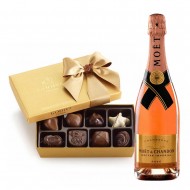
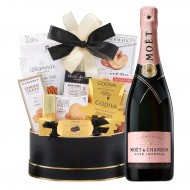
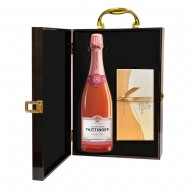
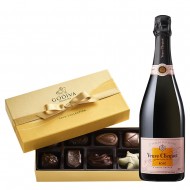
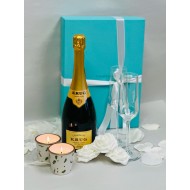
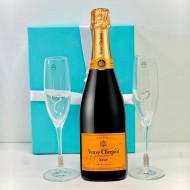
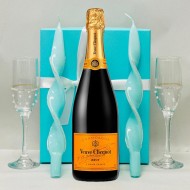
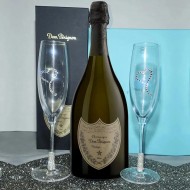
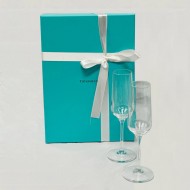
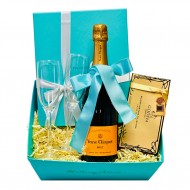
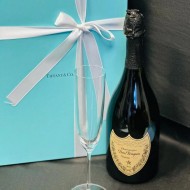
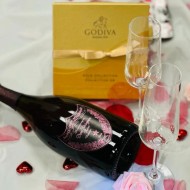
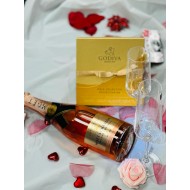
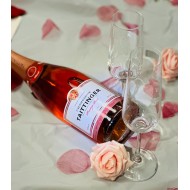
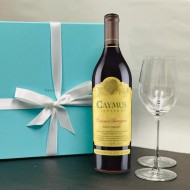
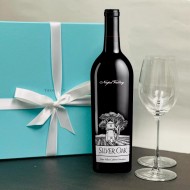
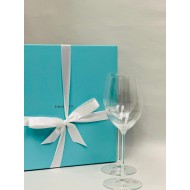
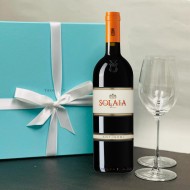
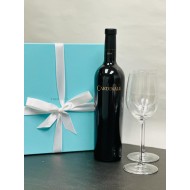
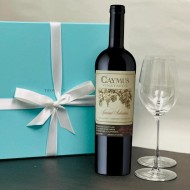
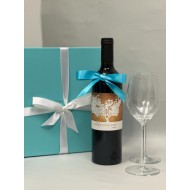
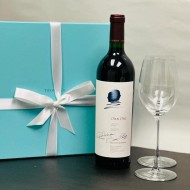
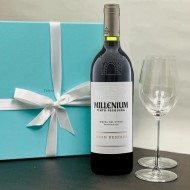
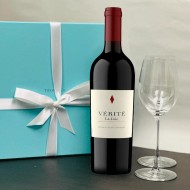
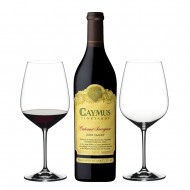
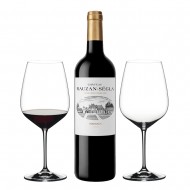
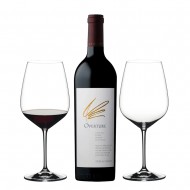
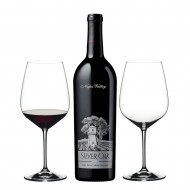



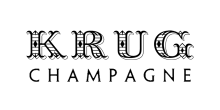



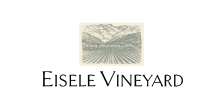
















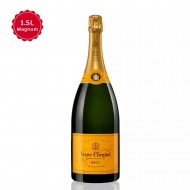
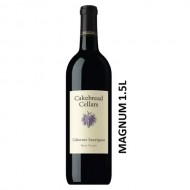
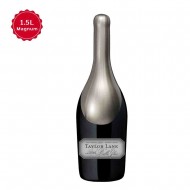
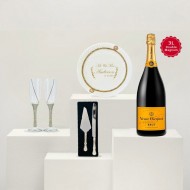
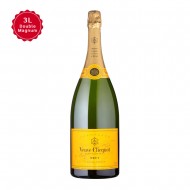
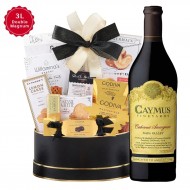
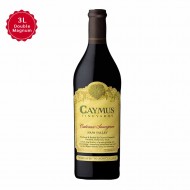
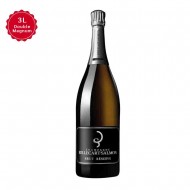
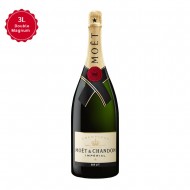

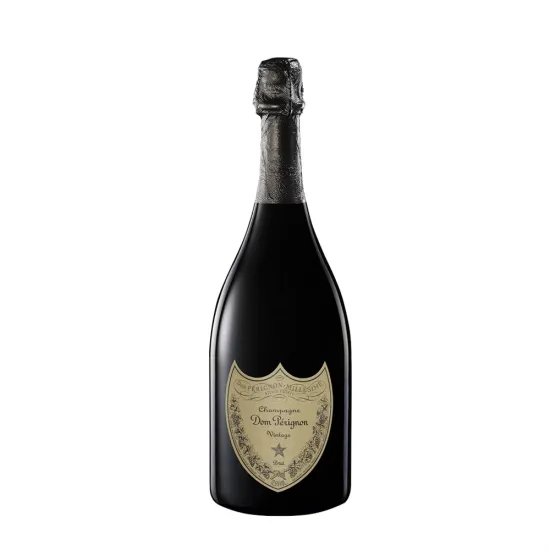
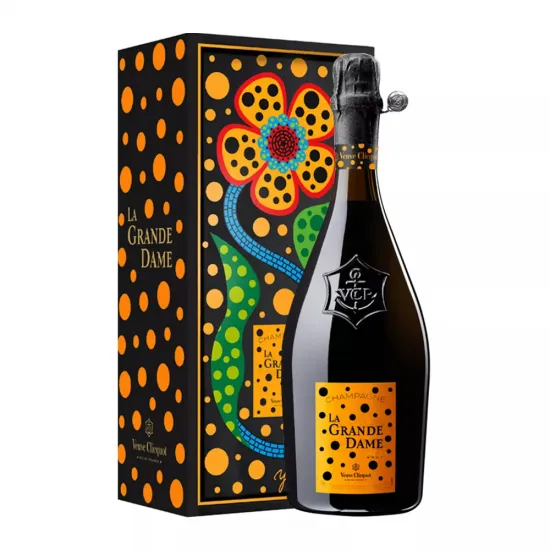
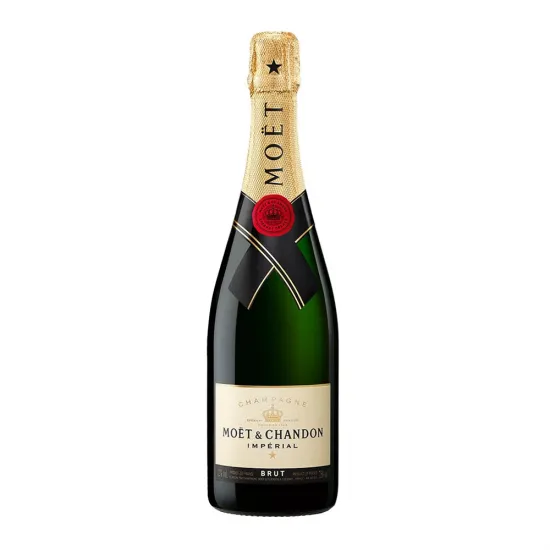
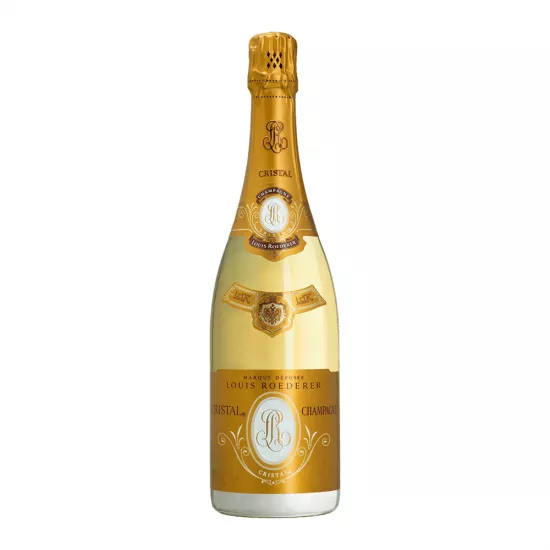

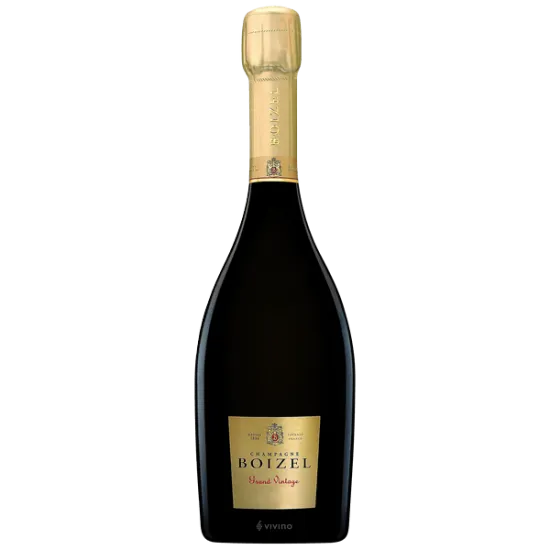
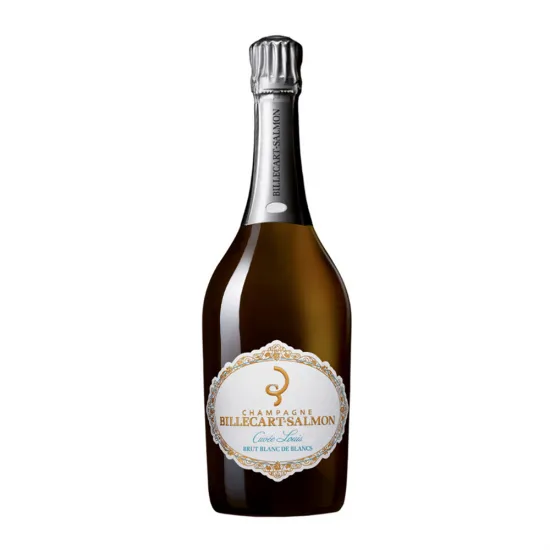
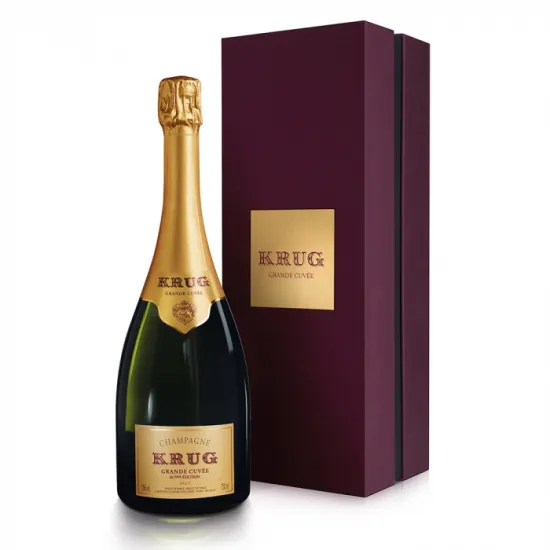
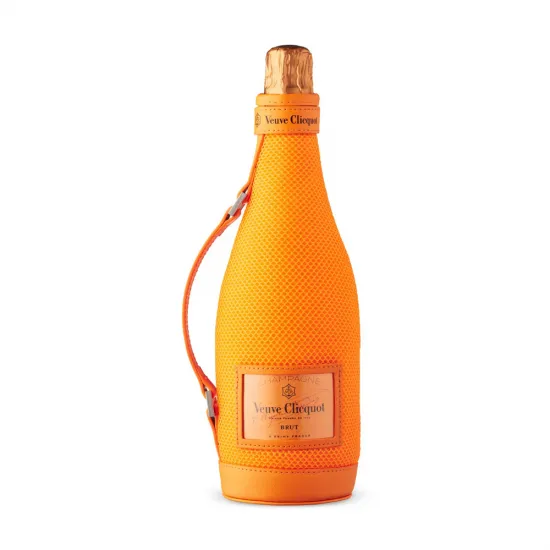
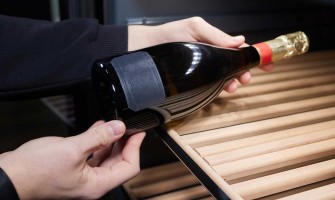
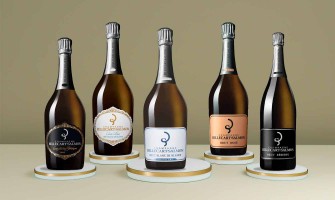
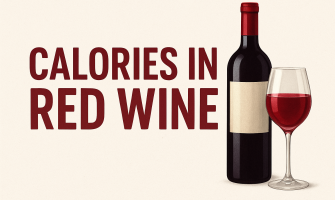


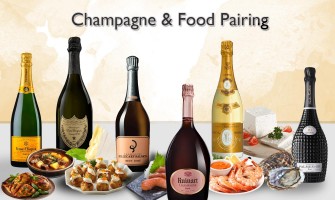

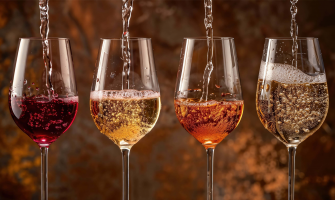
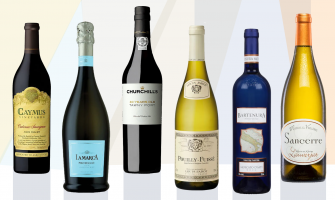


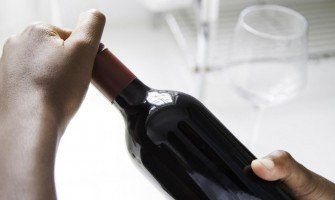
Leave a Comment